Center for Iranian Diaspora Studies
The Center for Iranian Diaspora Studies is the first academic institution of its kind — dedicated to research and teaching about the historical and cultural experiences of the global Iranian diaspora community. The Center fosters innovative and collaborative scholarship between faculty and students and engages with complex and pressing subjects such as nationalism, immigration, xenophobia, gender, sexuality and identity. Its research, programming, and projects examine overlooked and under-emphasized narratives, advocate for new forms of scholarly engagement, and support collaboration between individuals and institutions.
Announcements
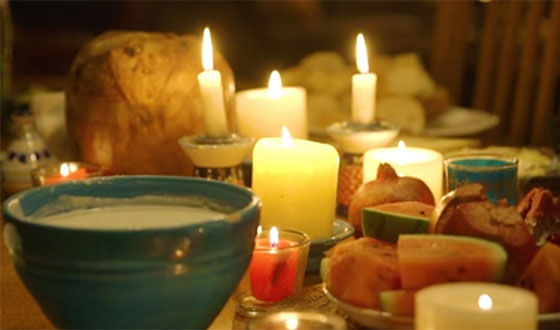
Trailer: "The Dawn is Too Far: Stories of Iranian-American Life in the SF Bay Area"
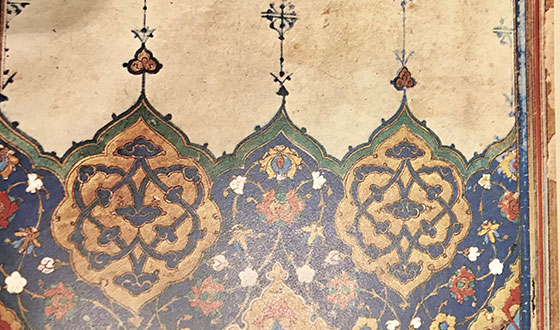
The Center's Blog: “With A Trace”
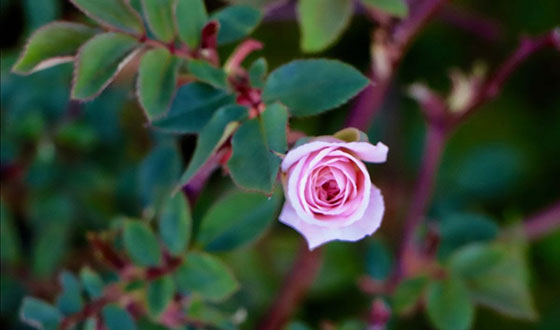
Sign up to receive email updates about our events

“Saint Saffron” and Pantea Karimi’s Artistic Homage to the Queen of Spices
by Persis Karim
California-based visual artist Pantea Karimi has long been fascinated with the intersection between art and science. Her work spans more than a decade of exploration of the great scientific minds of the medieval Islamic period from Iran and throughout the Muslim world, in prints, installations, sculptures, and other visual media. But nothing has caught her attention quite like the saffron crocus. Her most recent work, Saffron, Saint of Spices now part of a show at the Euphrat Museum of Art at De Anza College in Cupertino, California, pays homage to the role of saffron, its properties and mystical beauty, as well as the ways that the saffron industry in Iran has built on the labor of women.
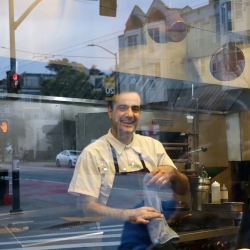
Hanif Sadr and Celebrating the Dream of the Bay Area’s “Komaaj” Restaurant
by Persis Karim
“Komaaj” and Chef Hanif Sadr have become synonymous with the San Francisco Bay Area. You cannot think of Northern Iranian food and not think of Sadr or his efforts to create a devoted following of “Komaajistas.” Komaaj, the name of the restaurant/café now located permanently in San Francisco’s Mission district, began first as a pop-up serving fresh and delicious cuisine from the Northern Iranian region shortly after Sadr arrived in 2013, beginning with a limited menu featuring the cuisine of his childhood. Komaaj, named after the specialty bread of Northern Iranian, made with saffron and yogurt—two staples of Iranian cuisine—is the brainchild of Chef Hanif Sadr and his partners. Komaaj features the many rich traditions of this region in its food preparation and is now much more than just a place to get an unusual meal.
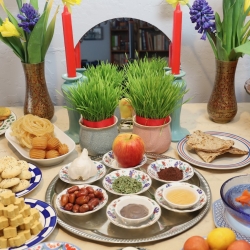
Norooz and Food – Inseparable Since the Beginning
by Nader Mehravari, Ph.D.
The Iranian secular calendar year, which is based the calendar of pre-Zoroastrian Persia, begins on the first day of spring. Persians have been celebrating this annual seasonal transition from winter to spring for more than 3000 years. In the Persian language, this ancient new year celebration is known as Norooz [Persian: نوروز] which translates as “new day.” This year will be 1403. Since ancient times, Norooz celebrations have been intrinsically linked to seasonal changes, as well as food, and drink and the rituals that surround them. Archeological and historical studies have revealed this enduring relationship.
Join the Conversation

